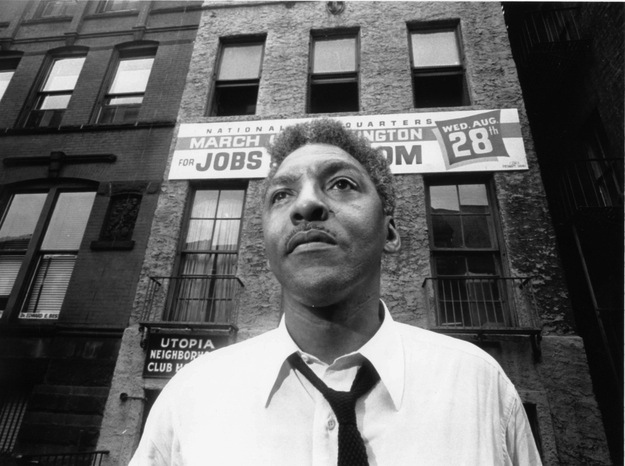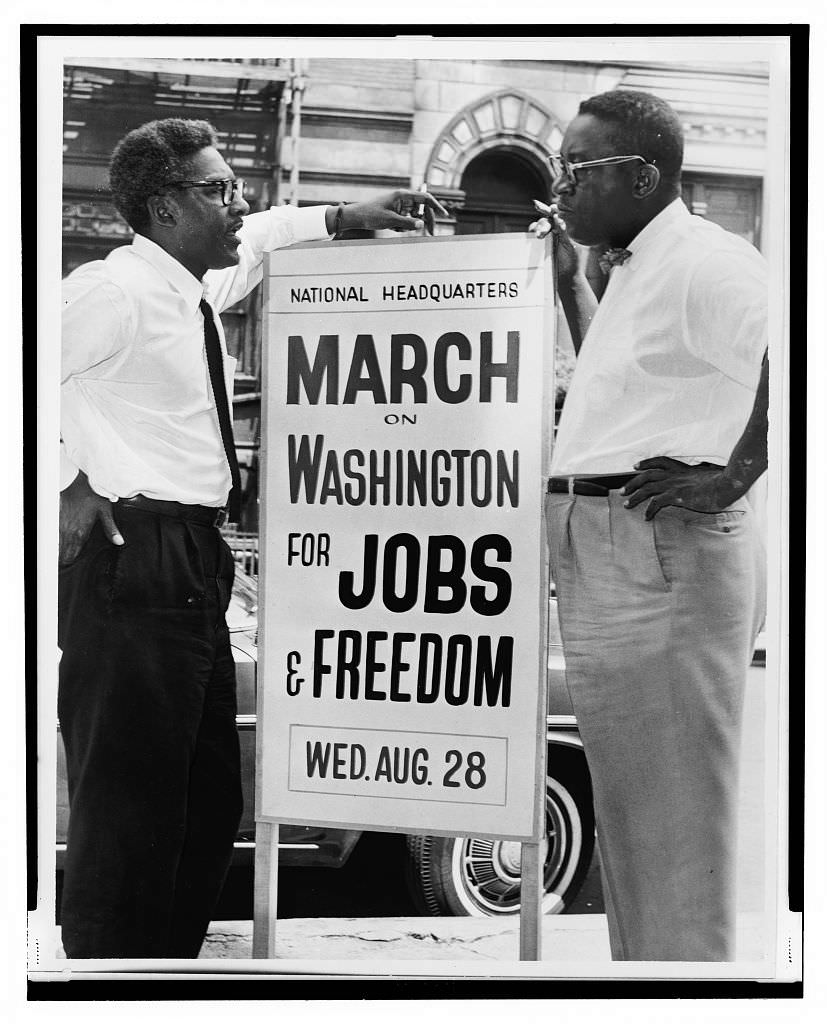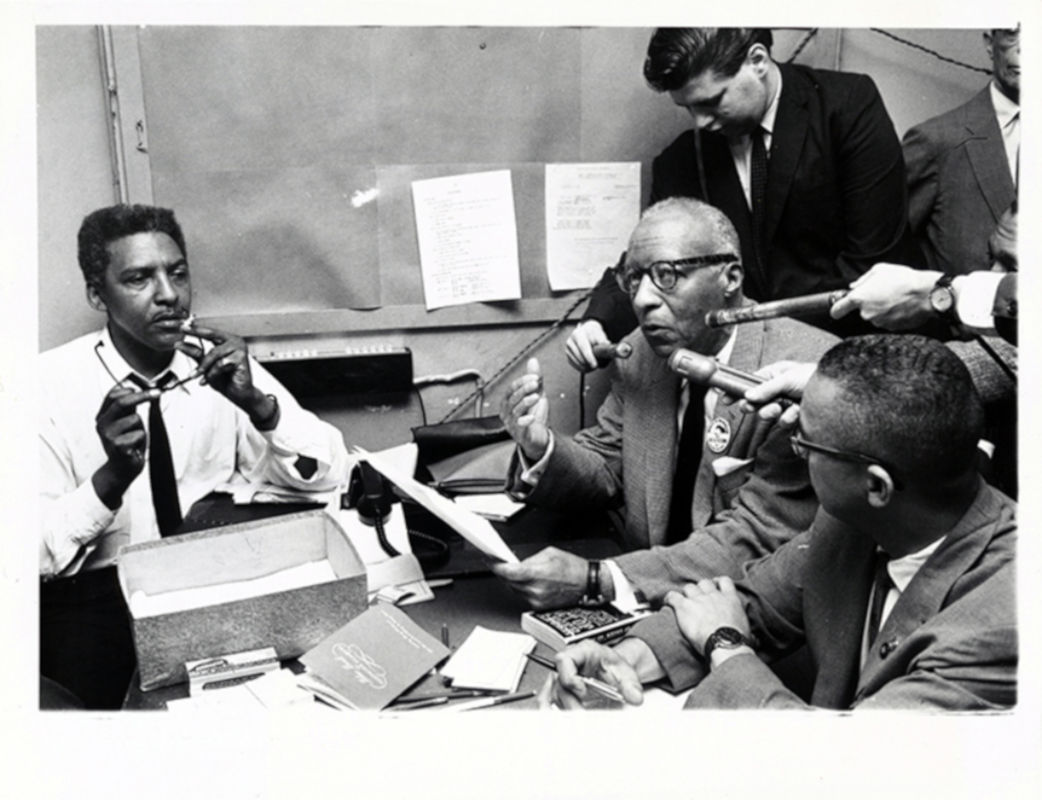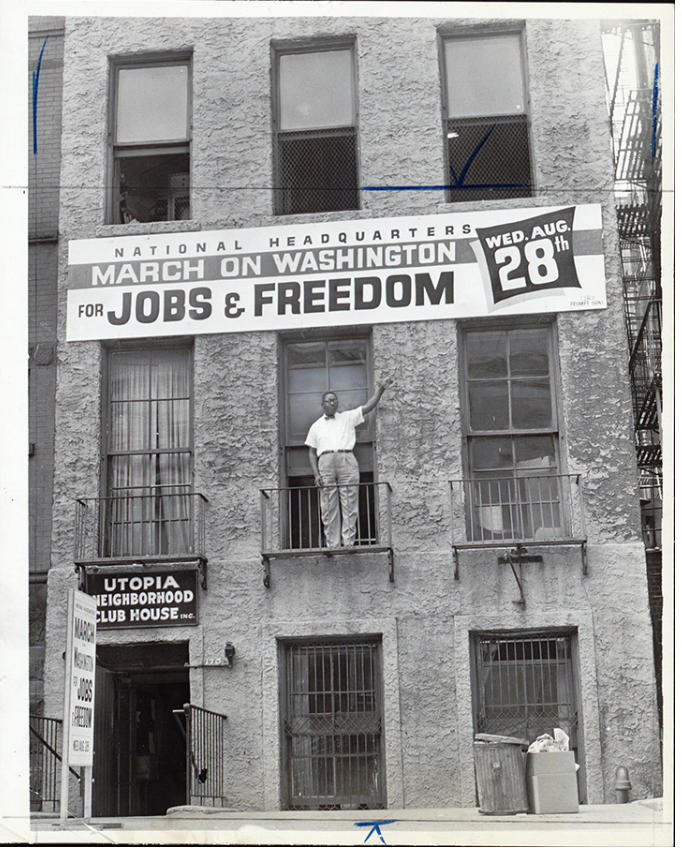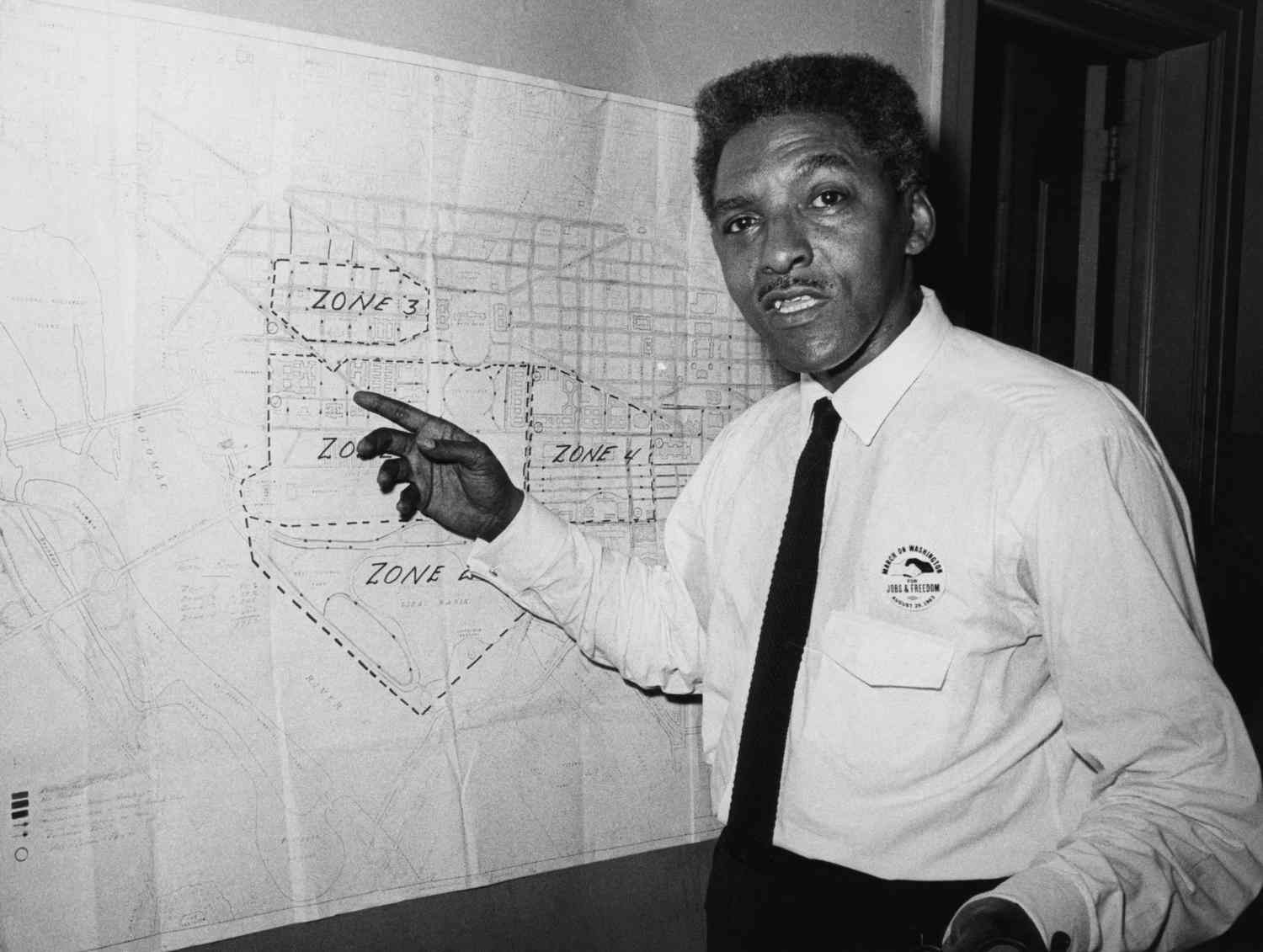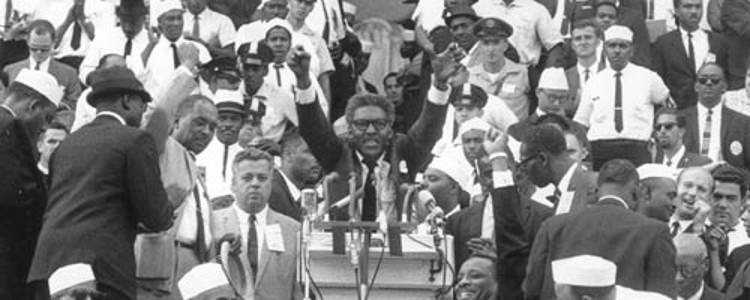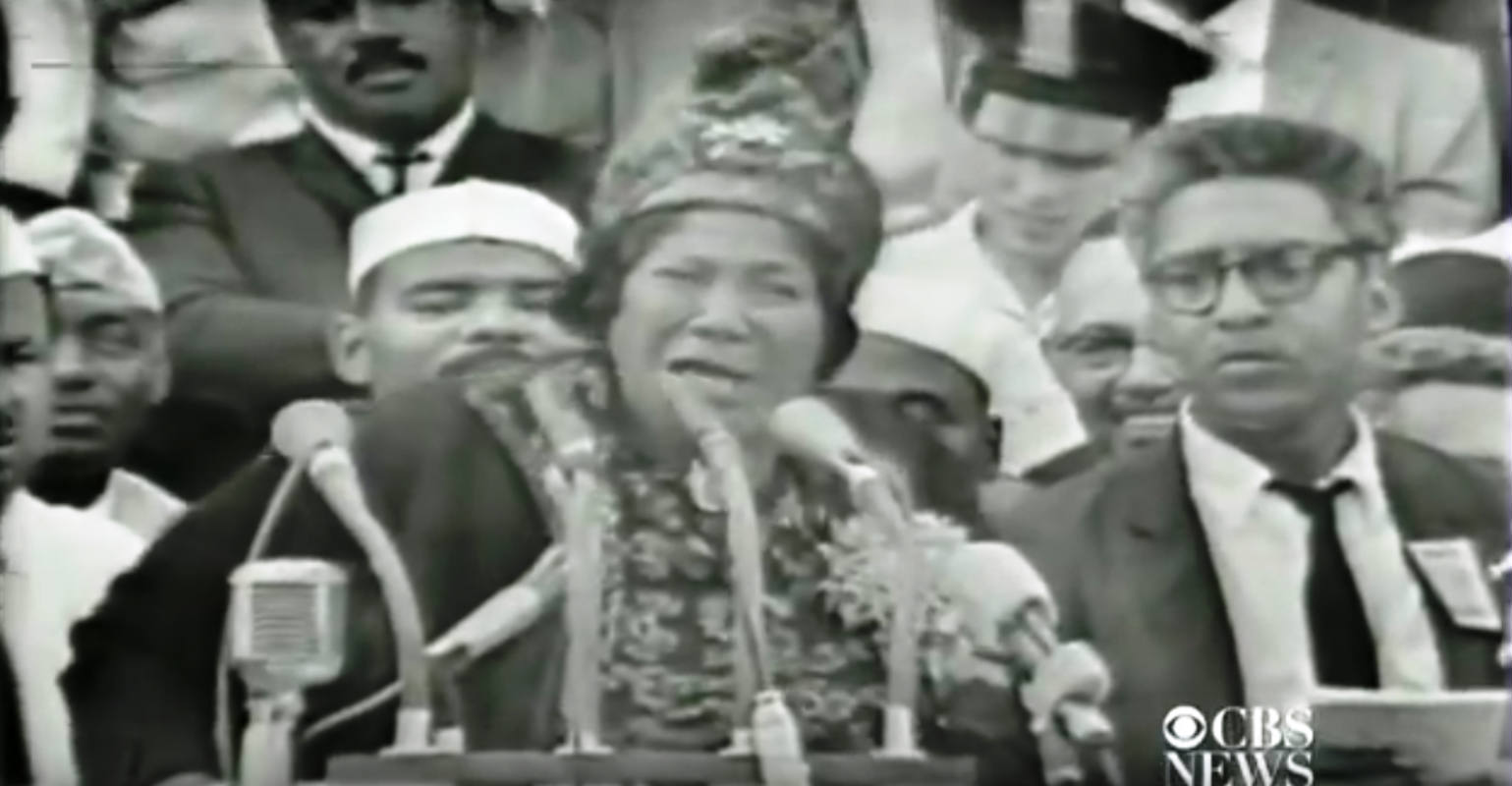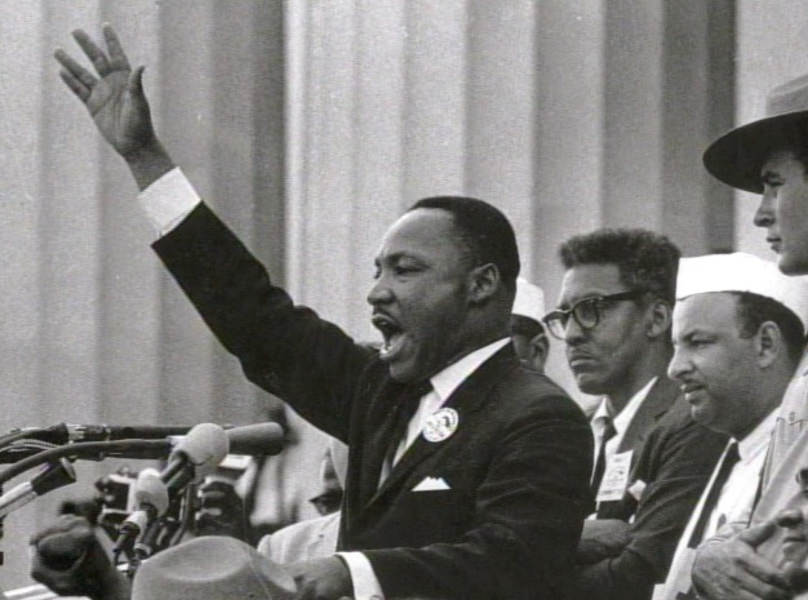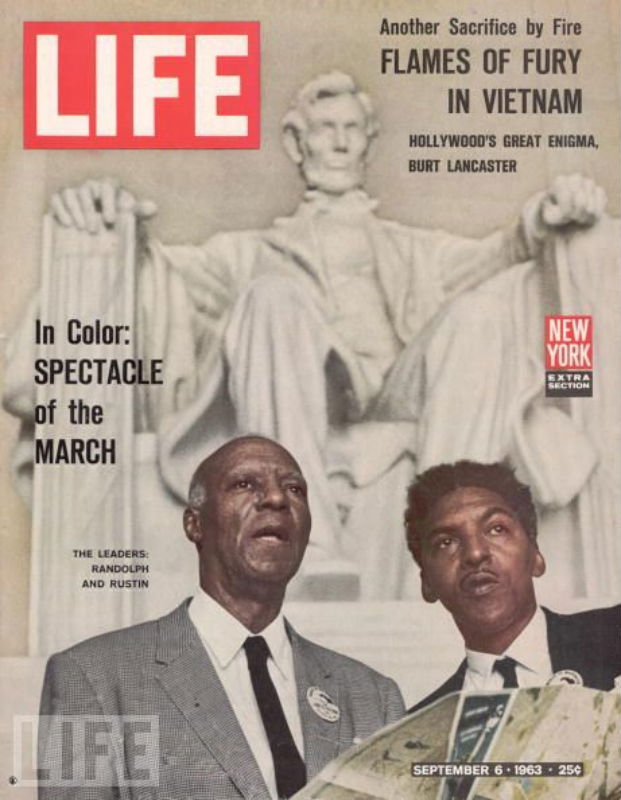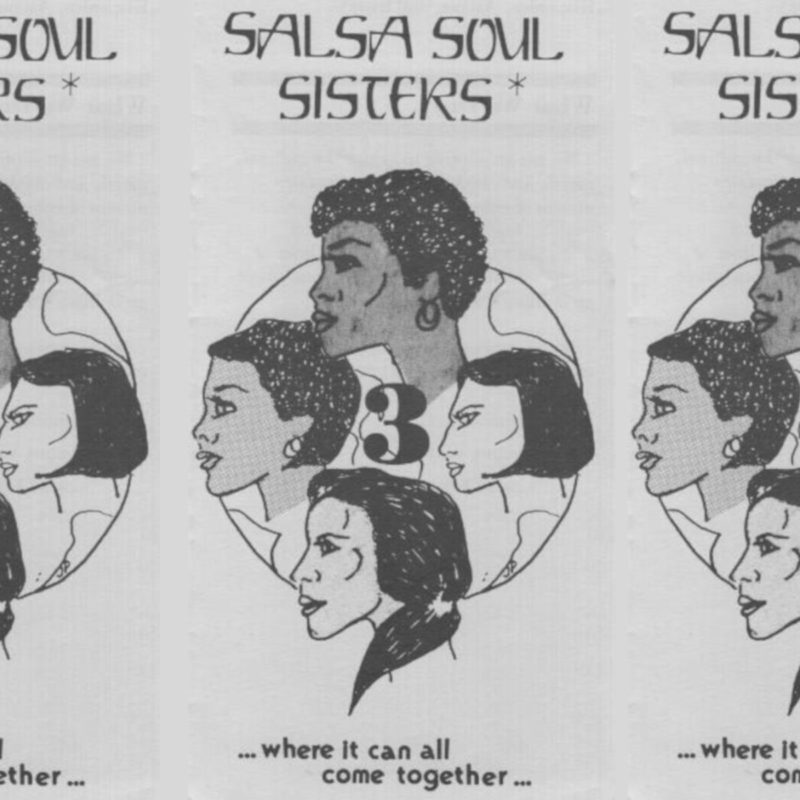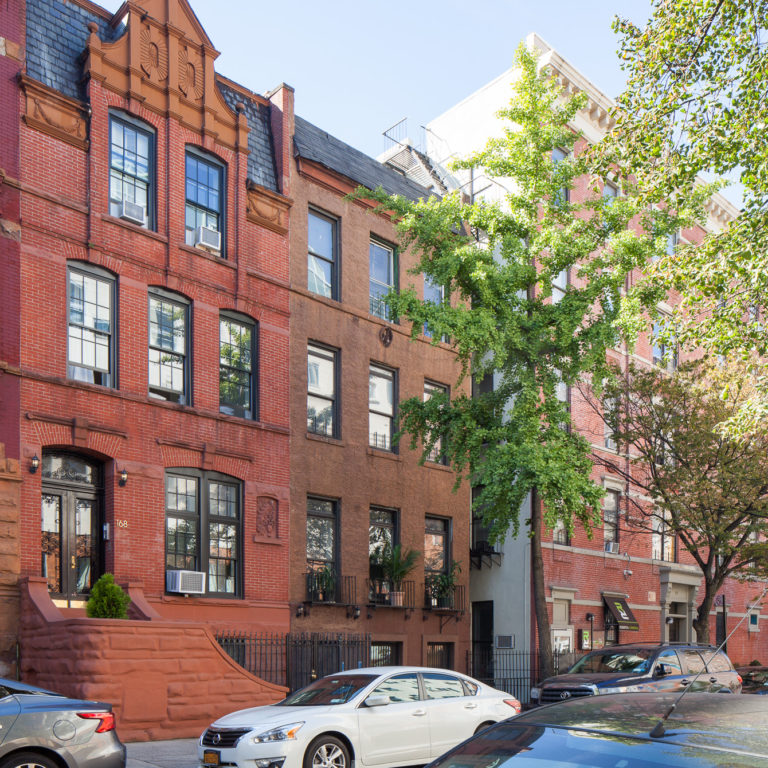
National Headquarters for the 1963 March on Washington for Jobs and Freedom
overview
Beginning in the 1920s, this Harlem rowhouse was home to a number of important Black social and political organizations.
Most notably, it served as the National Headquarters for the March on Washington for Jobs and Freedom, the famed 1963 march organized by the openly gay civil rights leader Bayard Rustin.
History
The building at 170 West 130th Street played an important role in the social and political history of Harlem and the nation, as it was home to various organizations attempting to better the lives of African Americans, beginning in the 1920s. The most historically significant use of the building occurred in 1963, when it served as the National Headquarters for the March on Washington for Jobs and Freedom, the nation’s largest political demonstration, which helped spur the passage of the Civil Rights Act of 1964 and the Voting Rights Act of 1965.
Bayard Rustin, an openly gay pacifist and civil rights leader, was instrumental in organizing the march. However, due to his sexual orientation, communist past, and time in jail for being a conscientious objector – all of which some feared would undermine the success of the movement – the title of director for the march, as a compromise, went to pioneering civil rights leader A. Philip Randolph, who had envisioned a march as early as 1941. Randolph then appointed Rustin as his deputy.
Despite the loss of title, Rustin is now acknowledged as the lead architect of the march, which took place on August 28, 1963, in Washington, D.C., and is largely remembered for Dr. Martin Luther King, Jr.’s “I Have a Dream” speech. Rachelle Horowitz, Rustin’s aide, said in 2013, “In January 1963, Bayard Rustin sent a memo to A. Philip Randolph in essence saying the time is now to really conceive of a big march. Originally it was conceived of as a march for jobs, but as ’63 progressed, with the Birmingham demonstrations, the assassination of Medgar Evers and the introduction of the Civil Rights Act by President Kennedy, it became clear that it had to be a march for jobs and freedom.”
In the 130th Street office, with only two months to plan and aided by a core staff of 200 volunteers, Rustin planned the route of the march, spoke at news conferences, and oversaw transportation needs and fundraising efforts. Strategy meetings would sometimes continue into the evenings at his apartment at Penn South in Chelsea. A photo of Rustin in front of the Harlem headquarters was used during a 2013 ceremony at the White House, when Rustin was posthumously awarded the Medal of Freedom by President Barack Obama.
According to Harlem historian John Reddick, notable LGBT figures such as jazz composer Billy Strayhorn and author James Baldwin (a friend of Rustin’s who also visited the 130th Street headquarters) were crucial in bringing celebrities into the civil rights movement. Singer/actress Lena Horne credited her involvement to Strayhorn; white actors such as Charlton Heston and Marlon Brando became involved through Baldwin’s influence. Playwright Lorraine Hansberry also played a highly active role in the movement, but complications from her April 1963 cancer diagnosis, which ultimately led to her untimely death two years later, prevented her from attending the march.
Constructed in 1885, the 130th Street building had been redesigned in 1928 by Vertner Tandy, the first Black architect registered in New York State. Today, with the exception of the door and windows, the facade looks as it did when serving as the 1963 March on Washington headquarters.
Entry by Amanda Davis, project manager (June 2019).
NOTE: Names above in bold indicate LGBT people.
Building Information
- Architect or Builder: William J. Merritt; Vertner Tandy (alteration)
- Year Built: 1884-85; 1928 (alteration)
Sources
An Oral History of the March on Washington,” Smithsonian Magazine (July 2013), bit.ly/2HhmSJh. [source of pull quote]
Corinne Engelbert, “National Headquarters for the March on Washington / Utopia Children’s House / Sojourner Truth House,” draft, National Register of Historic Places Nomination Form (New York, NY, 2015).
John Reddick, “James Baldwin: If Harlem Could Talk,” walking tour, May 4, 2019.
Mark Meinke and Kathleen LaFrank, “Bayard Rustin Residence,” National Register of Historic Places Nomination Form (Waterford, NY: New York State Historic Preservation Office, March 8, 2016).
Timeline,” Sighted Eyes | Feeling Heart (accessed May 28, 2019), bit.ly/2I2dCaa.
Do you have more information about this site?
This project is enriched by your participation! Do you have your own images of this site? Or a story to share? Would you like to suggest a different historic site?
